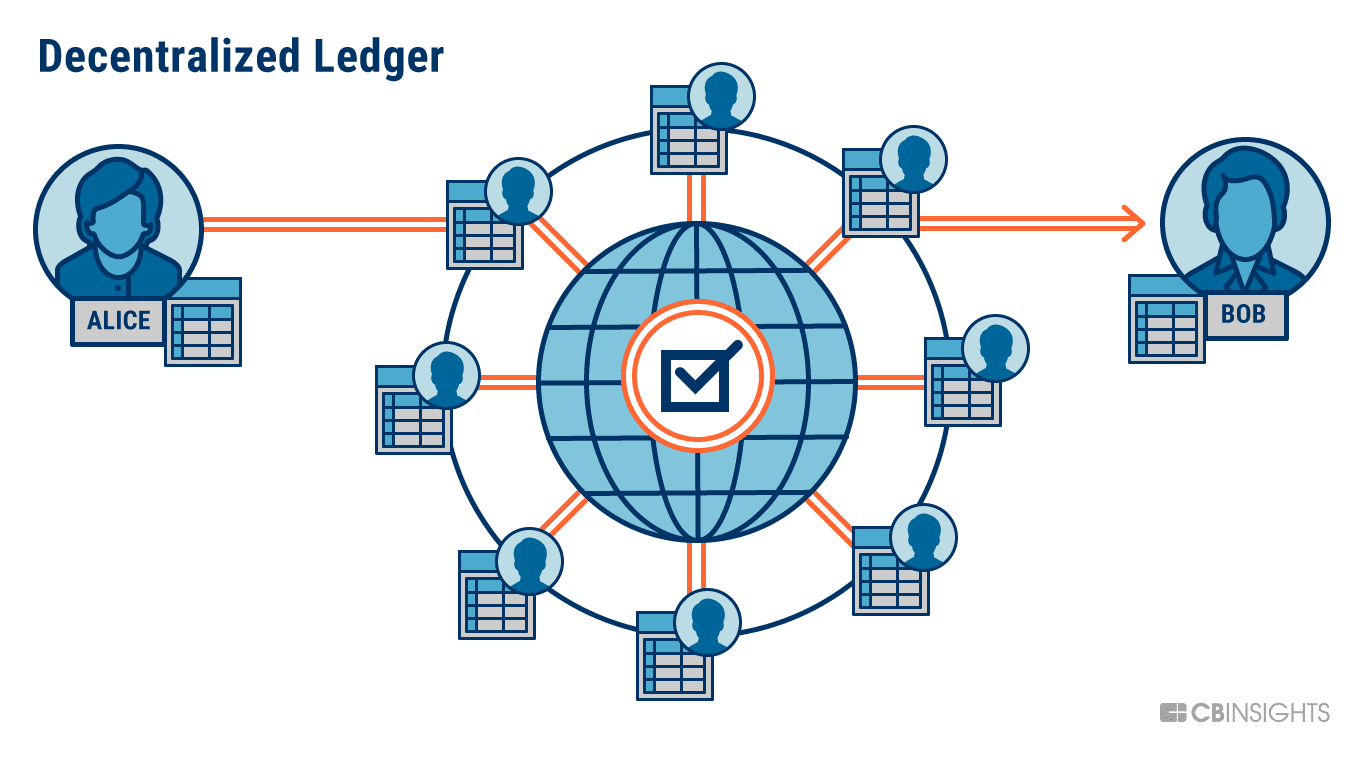Ethereum's Decentralized Network Positioned as "Nuclear-Proof" Against Centralized Vulnerabilities

A recent statement from blockchain enthusiast ash.eth on social media has underscored Ethereum's foundational resilience, likening its decentralized network to a "nuclear-proof" system capable of withstanding global catastrophes. According to the tweet, this robustness stems from Ethereum's distributed nature, which ensures the integrity of asset records even in extreme scenarios. The statement contrasts this inherent strength with centralized systems, such as data centers, which are described as "incredibly targetable nodes."
The core of ash.eth's assertion lies in the benefits of decentralization, a principle that distributes control and decision-making across a vast network rather than relying on a single entity. This architecture makes the Ethereum network highly resistant to single points of failure, censorship, and external interference, enhancing its fault tolerance and data integrity. Unlike traditional centralized infrastructures that present clear targets for attacks, Ethereum's distributed ledger ensures continuous operation and security, even if individual nodes are compromised.
Beyond its role as a digital currency, Ethereum is highlighted as a network capable of storing "all value on top of it." This refers to its pioneering smart contract functionality, which has enabled the proliferation of decentralized applications (dApps), decentralized finance (DeFi) protocols, and non-fungible tokens (NFTs). These innovations leverage Ethereum's open-source and immutable ledger to facilitate secure, transparent, and automated transactions and asset management, transforming various industries.
However, the journey towards complete decentralization for Ethereum, particularly following its transition to a Proof-of-Stake (PoS) consensus mechanism, has presented its own set of challenges. Concerns have been raised regarding the potential for centralization of staking power, with a significant portion of staked ETH managed by large service providers and centralized exchanges. Additionally, the network's reliance on certain centralized infrastructure providers, such as Infura, has been noted as a point of vulnerability, prompting ongoing efforts within the community to diversify and strengthen its decentralized infrastructure.
Ultimately, ash.eth's commentary emphasizes Ethereum's strategic importance as an "open-source risk management machine" in an increasingly digital and interconnected world. The network's design aims to provide unparalleled resilience and security, making it a critical infrastructure for the future of finance and digital asset ownership. This perspective reinforces the ongoing evolution of blockchain technology as a robust alternative to traditional centralized systems, capable of maintaining functionality and trust even under severe duress.